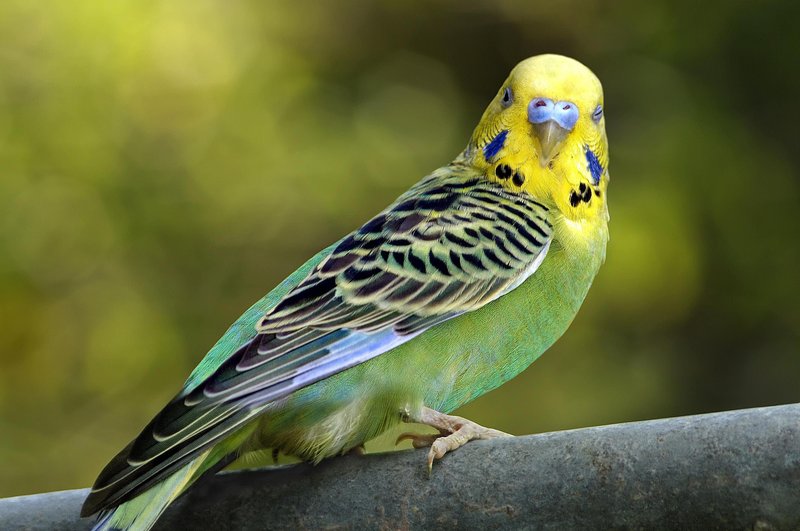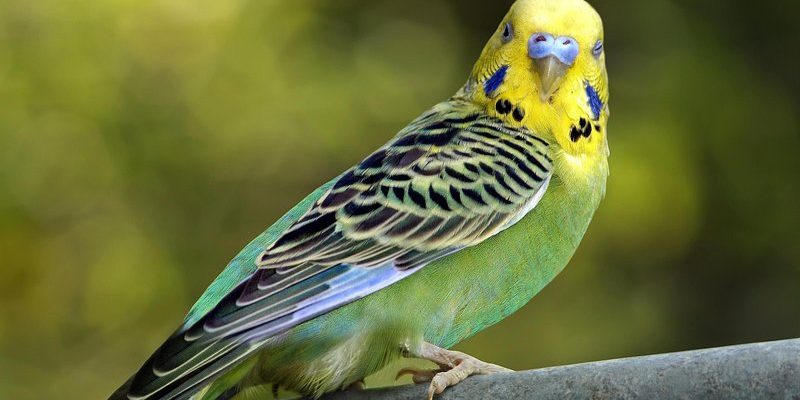
Budgies, or budgerigars as they’re formally known, are fascinating creatures. They have evolved to be both agile and clever foragers. Depending on where they live, what they can find, and even their social circles, their eating habits can vary significantly. So, let’s explore what these lively birds enjoy eating and how they hunt or forage like nature’s little adventurers.
Understanding Budgie Diet Basics
Let’s dive into what a typical budgie diet looks like. In the wild, budgies primarily feed on seeds, fruits, and vegetables. They’re especially fond of millet, which is often provided by pet owners as a treat. Since budgies are granivores, their diet mainly consists of seeds, which provide them with the necessary energy to fly, play, and chatter away.
You might be wondering why seeds are so important. Seeds are packed with essential nutrients that help keep budgies healthy. They contain proteins, fats, and carbohydrates. In a pet setting, it’s crucial to provide a balanced diet that mimics what they would find in the wild. This ensures they get all the nutrients they need to thrive.
But it’s not just seeds! Budgies enjoy fruits and veggies too. Think of colorful carrots, fresh apples, or even leafy greens. These add vital vitamins and minerals to their diet. Offering a variety of foods not only supports their health but also keeps things interesting for them—after all, who doesn’t like a tasty snack?
How Budgies Forage in the Wild
Foraging is an integral part of a budgie’s life in the wild. Just picture a whole flock of them hopping across the grasslands of Australia, scanning the ground for food. They use their keen eyesight to spot seeds scattered around or fruits hanging from trees. It’s a little like an exciting treasure hunt!
Budgies are social creatures, so they often forage in groups. This not only helps them find food more efficiently but also provides safety in numbers. While some birds keep an eye out for predators, others are busy pecking at the ground for tasty morsels. You could say they’re working together, making it a fun social activity.
In addition to seeds and fruits, budgies are known to peck at the ground for insects or larvae. While that’s not a major part of their diet, it provides extra protein, especially when they’re raising chicks. Isn’t it fascinating how their foraging behavior adapts based on their needs?
The Role of Beaks in Hunting for Food
Budgies are equipped with strong, curved beaks, perfect for their dietary needs. Their beaks are designed to crack open tough seed shells, allowing them to access the nutritious goodies inside. Think of their beaks as nature’s perfect toolset—built specifically for their favorite foods.
When hunting for food, budgies use both their beaks and feet. They’ll often hold seeds with their feet while they crack them open with their beaks. This multi-tasking ability is part of what makes budgies such skilled foragers. They are especially good at balancing while they munch, a little like us trying to juggle snacks at a party!
In captivity, it’s essential to provide them with a variety of food textures. Some seeds come in tougher shells, which can keep their beaks busy and healthy. This mimics their natural foraging experience and prevents boredom.
What Foods to Offer Your Budgie
Now that we have a good understanding of what budgies eat in the wild, let’s discuss what you can offer them as a pet. A well-balanced diet is key, so consider providing a mix of the following:
- Seeds: A high-quality seed mix designed for budgies is a great starting point.
- Fruits: Fresh fruits like apples, berries, and bananas make excellent treats.
- Vegetables: Leafy greens like spinach and kale are nutritious and beneficial.
- Pellets: These can provide a balanced diet, ensuring they get all the essential nutrients.
Make sure to wash all fruits and vegetables before serving to remove any pesticides. It’s also a good idea to introduce new foods gradually to avoid upsetting their tummy. And remember, while it might be tempting to share your snacks, some human foods can be harmful to budgies—like avocado and chocolate.
How to Encourage Natural Foraging Behaviors
Encouraging your budgie to forage can be a fun way to engage them mentally and physically. You could create a foraging area in their cage by hiding seeds or treats among safe materials like shredded paper or hay. This mimics their natural instinct to search for food and keeps them entertained.
Another great option is to use foraging toys. These toys allow you to hide food inside, making it a game for your budgie to figure out how to get to the goodies. The challenge keeps their minds active and can help prevent boredom-related behaviors, like excessive squawking.
You might also consider using a foraging tray. This lets them dig around and search for hidden treats. It’s a simple way to add enrichment to their environment, and you’ll likely enjoy watching them work to find their snacks.
The Importance of a Balanced Diet
Just like us, budgies thrive on a balanced diet. Without it, they can face health issues. Poor nutrition can lead to feather plucking, lethargy, or more serious conditions. That’s why it’s essential to keep an eye on what you’re feeding them.
A well-rounded diet ensures that they get necessary vitamins, minerals, and nutrients. If you notice any changes in their behavior or appearance, it could be a sign that their diet needs a little tweaking. Consulting with a vet can provide guidance tailored to your budgie’s specific needs.
Remember, keeping a budgie is a commitment, and part of that is providing a nutritious menu. So think of it as a fun culinary adventure, exploring new foods and ways to encourage their natural instincts.
Common Foraging Mistakes to Avoid
As you create a foraging-friendly environment for your budgie, it’s crucial to avoid certain pitfalls. Here are some common mistakes to watch out for:
- Overfeeding: Too much food can lead to obesity. Offer small portions and monitor their intake.
- Limiting Variety: A boring diet can lead to picky eaters and health issues. Rotate foods regularly.
- Ignoring Food Safety: Always wash fresh produce and avoid toxic foods.
By keeping these missteps in mind, you can ensure that your budgie stays healthy and happy. Think of it as a little checklist to keep their foraging skills and appetite sharp!
In summary, knowing what budgies eat and how they forage helps you provide a fulfilling life for these charming companions. By mimicking their natural behaviors and offering a balanced diet, you’ll be giving your budgie the best chance to thrive. Just remember, a happy budgie means more cheerful chirps and colorful personalities filling your home!

